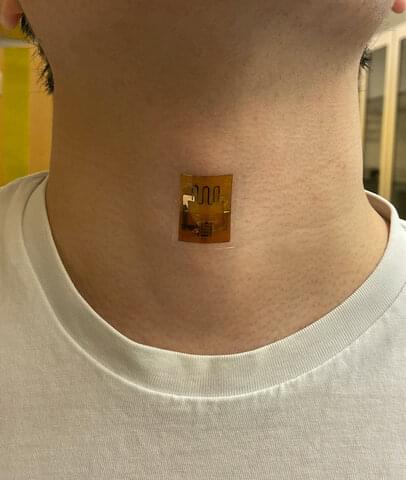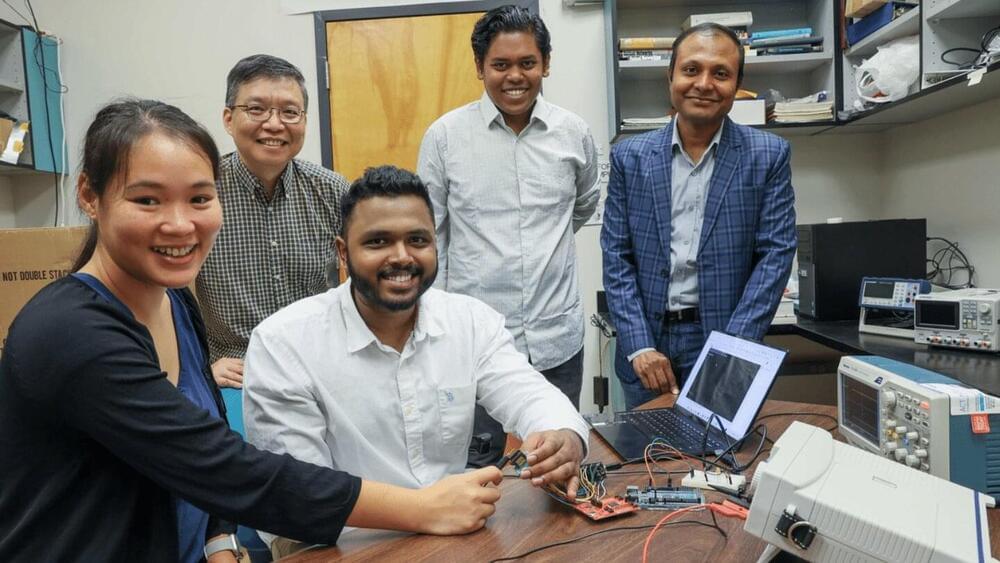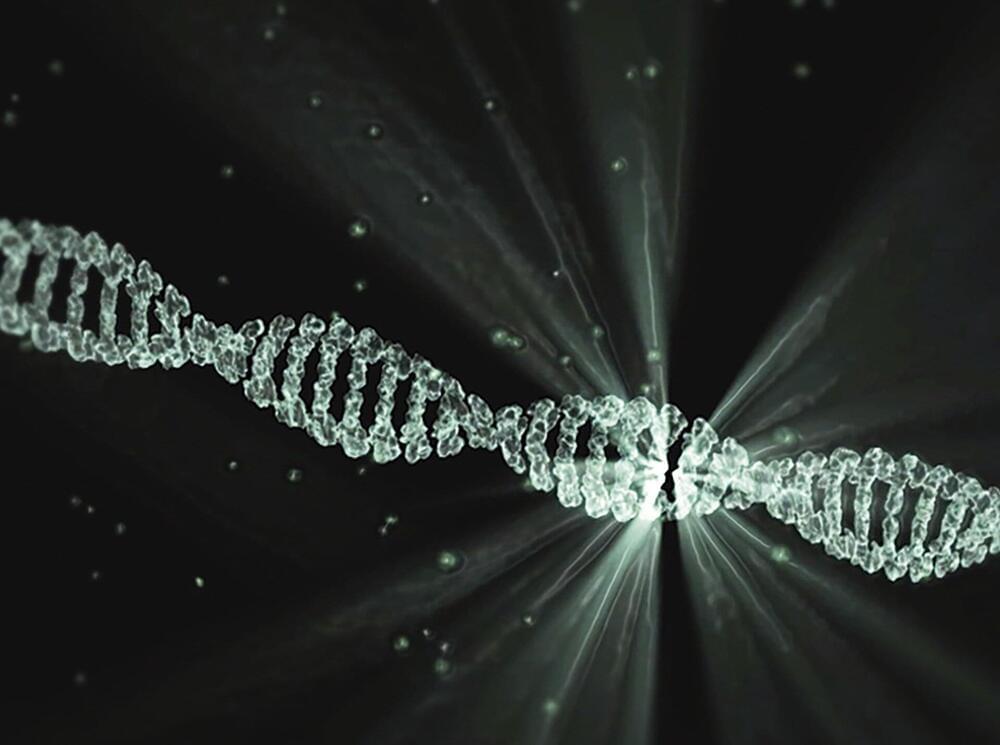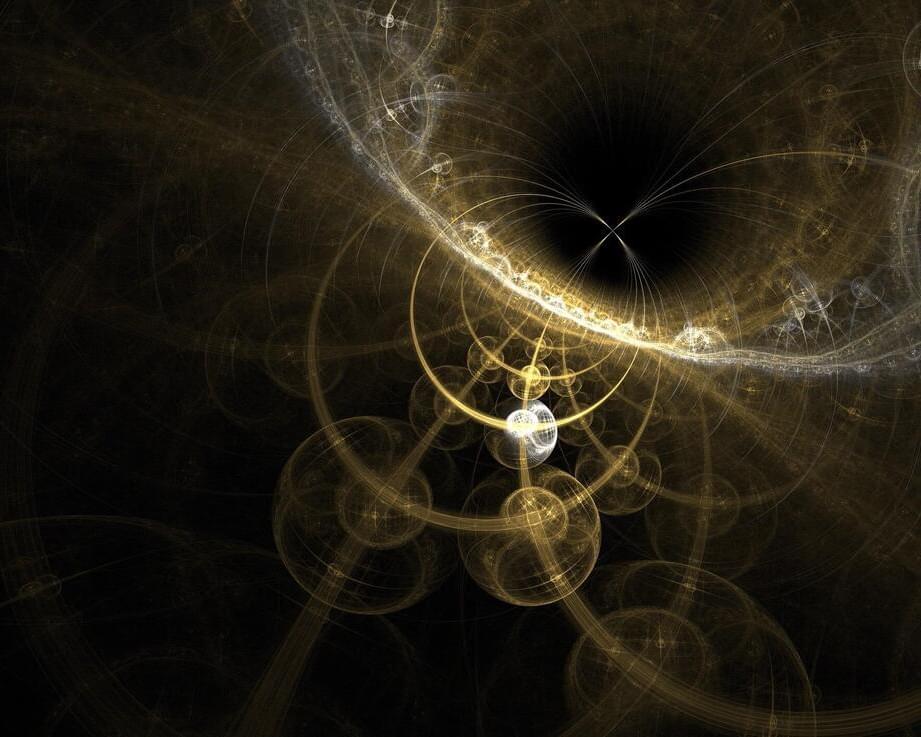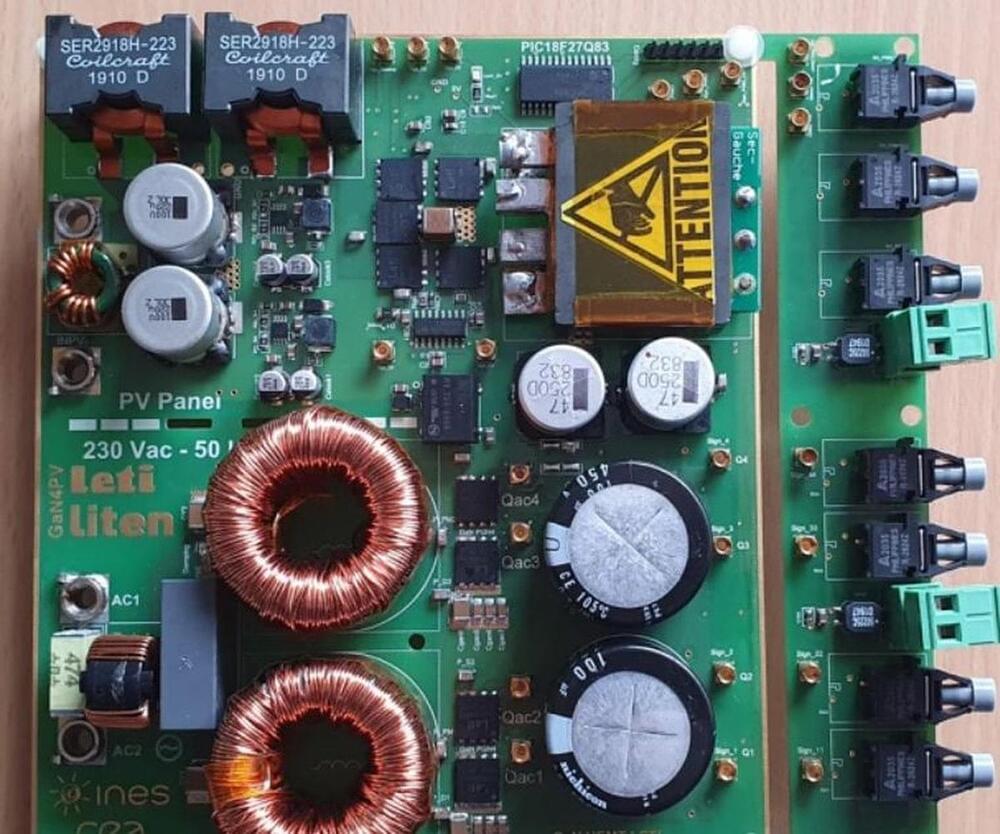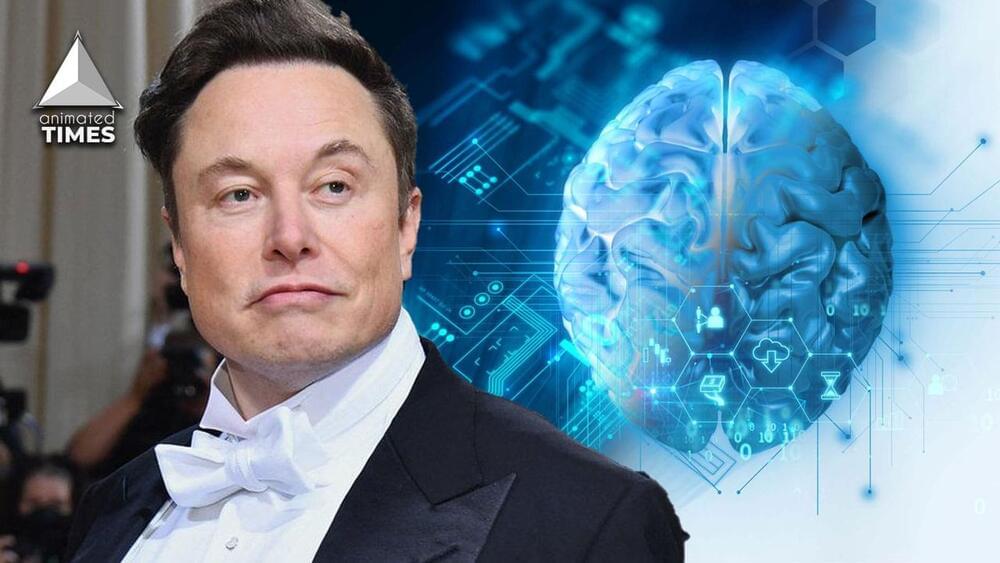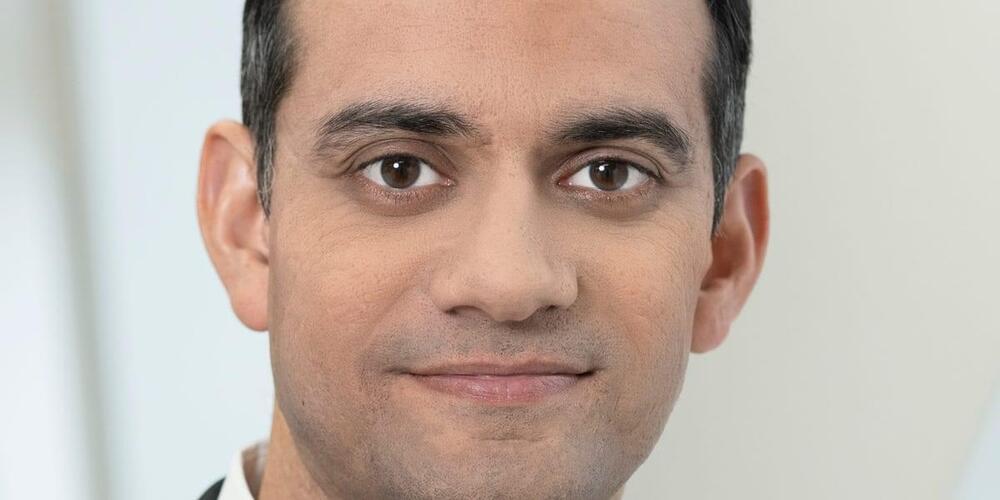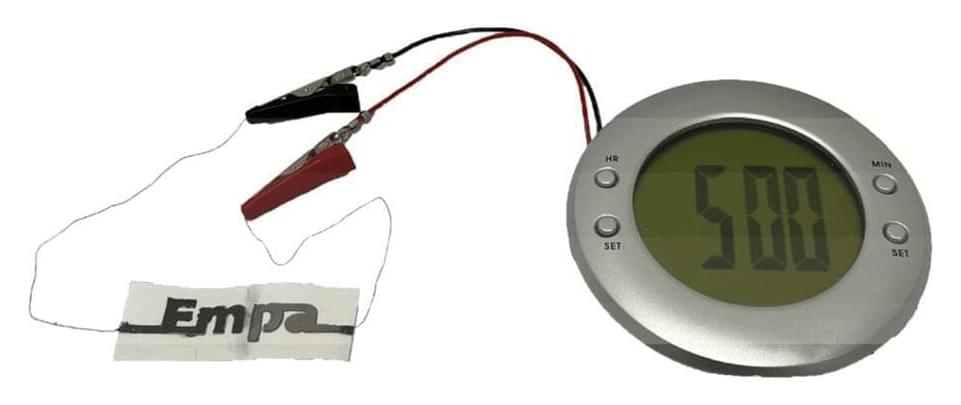Aug 3, 2022
New path for next-generation polymer-based battery design
Posted by Shubham Ghosh Roy in categories: computing, materials
A breakthrough from Deakin University researchers could help address a major obstacle in the development of environmentally-friendly, cost effective, polymer-based batteries.
The team from Deakin’s Institute for Frontier Materials (IFM) used computer modeling and simulations to design a new type of solid-state polymer electrolyte, showing its potential use in various types of polymer-based solid-state batteries, particularly sodium and potassium batteries.
Polymer-based batteries are able to support high-energy density metals in an all solid-state batteries. They use polymer as the ion conductor rather than flammable organic liquid solvents in current lithium-ion batteries. Therefore, a polymer-based solid-state battery offers an energy storage option that is greener, safer and providing a higher capacity, meaning more energy.

